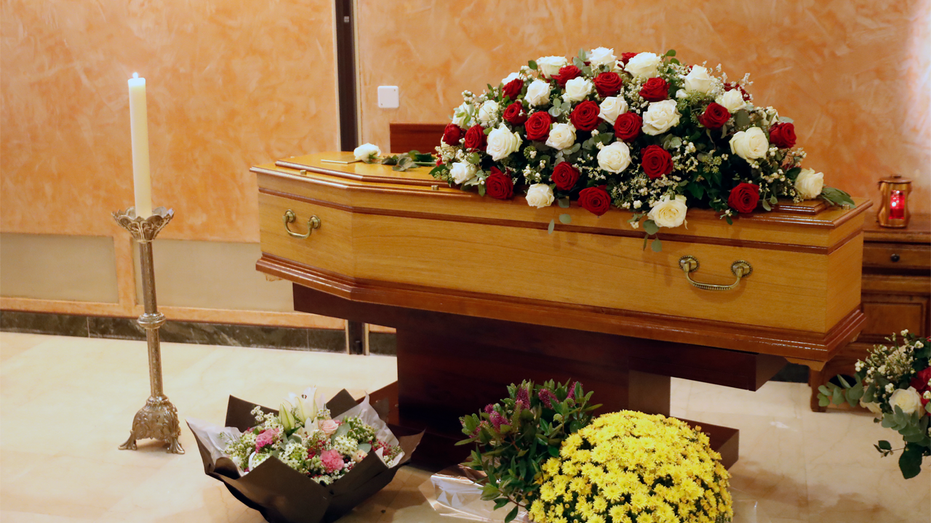Breaking News: Woman Declared Dead by Coroner Survives After Being Placed in Coffin
Czech woman declared dead miraculously revives in her coffin, showcasing the rare Lazarus Effect

An 88-year-old woman in the Czech Republic shocked morticians and her family alike when she was discovered to be alive just moments before being placed in a coffin. The extraordinary event unfolded after her husband, finding her unresponsive in bed, contacted emergency services. Upon arrival, paramedics examined the elderly woman and pronounced her dead, prompting the arrival of coroners and undertakers at the couple’s apartment.
The husband, recounting the harrowing sequence, explained that both the initial response team and coroner concluded there were no signs of life. Undertakers prepared to transport her body and had already moved her into the coffin. However, while still inside the apartment’s hallway, one of them noticed unexpected movement — a sign that the woman, who had been declared dead, was in fact still alive.
Emergency personnel quickly responded to the discovery, dispatching an ambulance to rush the woman to the hospital for immediate care. The unusual chain of events left the husband and responders stunned, raising urgent questions about the protocols for determining death and the rare, but very real, possibility of premature declarations.
Such remarkable medical cases are generally referred to as the "Lazarus Effect," a phenomenon named after the biblical account in which Jesus is said to have raised Lazarus from the dead. According to leading medical organizations, including the Cleveland Clinic, the Lazarus Effect most often occurs following attempts at resuscitation, particularly CPR, where patients who have been legally and clinically pronounced dead unexpectedly regain signs of life minutes later.
Medical professionals are still uncertain as to the exact causes behind the Lazarus Effect, but it remains an extremely rare occurrence. Research indicates that between 1982 and 2022, there have been just 74 confirmed instances of the phenomenon reported in the United States. Patients experiencing this effect can begin to breathe or show spontaneous movements, sometimes even after prolonged attempts at revival have been abandoned.
This case serves as a sobering reminder of the complexities involved in diagnosing death, particularly among elderly and medically fragile individuals. Authorities are expected to review the medical and procedural steps taken in this incident to ensure accuracy and prevent similar distressing events in the future. Meanwhile, the woman’s survival stands as a testament to the mysterious boundaries between life and death that modern medicine continues to probe.




